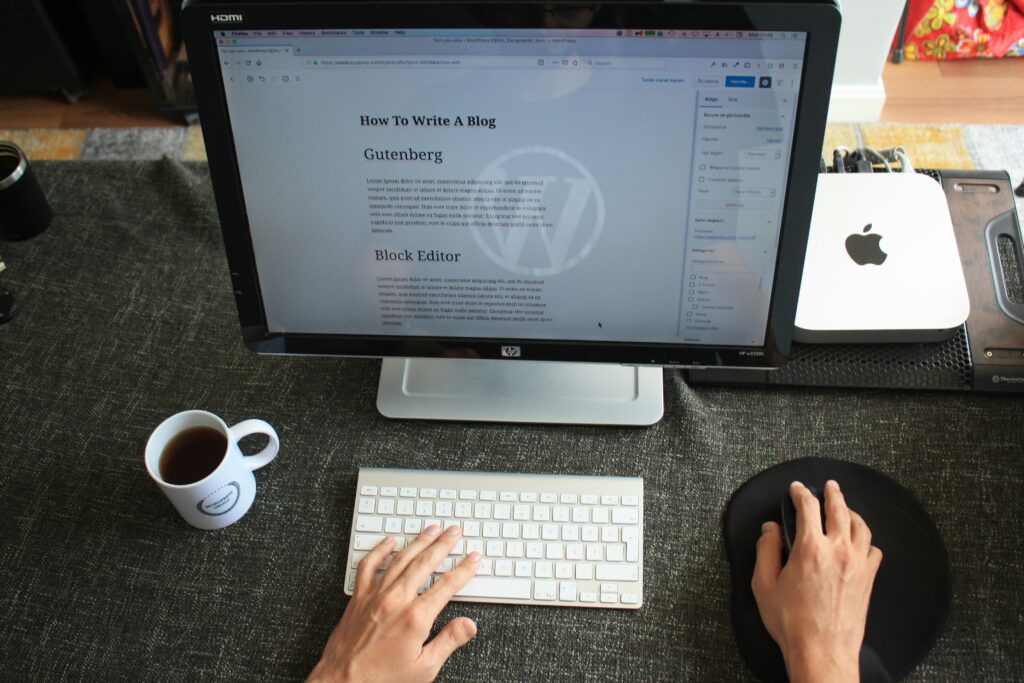
Understanding FIPPA and PIPA
The course blog also introduced Freedom of Information and Protection of Privacy (FIPPA) and Freedom of Information and Protection of Privacy Act (PIPA), reminding me that privacy isn’t just a policy issue but an ethical responsibility. As teachers, we should clearly explain what data is being used, why, and give students meaningful choices.
Creative Common Licensing
We also explored Creative Commons licensing, which is a non-profit organization that provides CC licenses and public domain tools to give every person and organization a way around copyright permission for creative and academic work.
How to Make a Good Blog Post?
After reading post, What Makes a Good Blog Post, I focused on how to implement this into my own blog posts. focused on adding hyperlinks, embedding visuals, and writing with a personal, authentic voice to make my posts engaging and accessible.

From Learner to Teacher
As I move toward Assignment #1, I’ll keep these lessons in mind, designing with privacy, consent, and openness in mind while creating online learning content.
Looking ahead to my future classroom, I can see myself teaching students how to protect their digital identities and recognize credible sources online. I would do this by implementing Creative Commons resources and encouraging students to license their own creations.